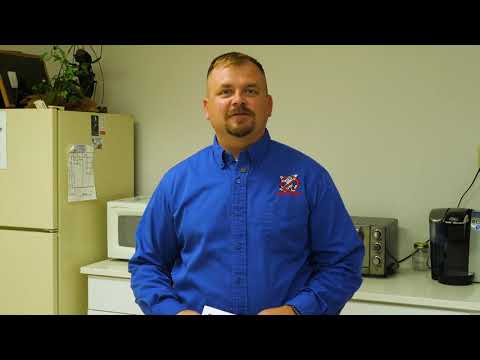
Glue boards are designed to capture pests such as insects or small rodents. As you might expect from the name, a non-toxic adhesive has been applied to one side of the board. While the boards are safe to use around children and pets, you want to make sure they are placed out of reach.
Not sure how to use a glue board or where it should be placed? Rick, our business development manager gives an overview of glue boards in a brief tutorial video. He shares where to place the board, how to remove the protective liner, and what to do when the trap is full.
We’ve also captured the tips in an easy to follow format below.
How to Use a Glue Trap
Select Your Location
Glue boards should be placed in areas where you think pests might be visiting — under your kitchen sink, in your pantry, or near your refrigerator. The can also be placed by entry ways or in your garage. Due to the nature of the adhesive used, glue boards work best in a warm, dry environment.
Glue boards are extremely sticky. If you accidentally catch something other than a pest (think yourself or a pet!), you can remove the adhesive with rubbing alcohol.
Activate the Trap
To use the glue board, simply remove the protective cover and place in the desired location. Again, be careful once the cover is removed — the adhesive is extremely sticky.
The trap can either be placed flat or you can fold it into a tunnel shape. To create a tunnel with your board, fold along the scored edges. Watch the video for a demonstration on how to create a tunnel shape.
Disposing of a Full Trap
Depending on what the trap has caught, you might need help with identifying the pest. Browse our Pest Identification Guide— a handy resource that includes the names and photos of the most common household pests that live in the South.
Contact Bug Busters, who can help with removing pests and more importantly — help prevent their return.







